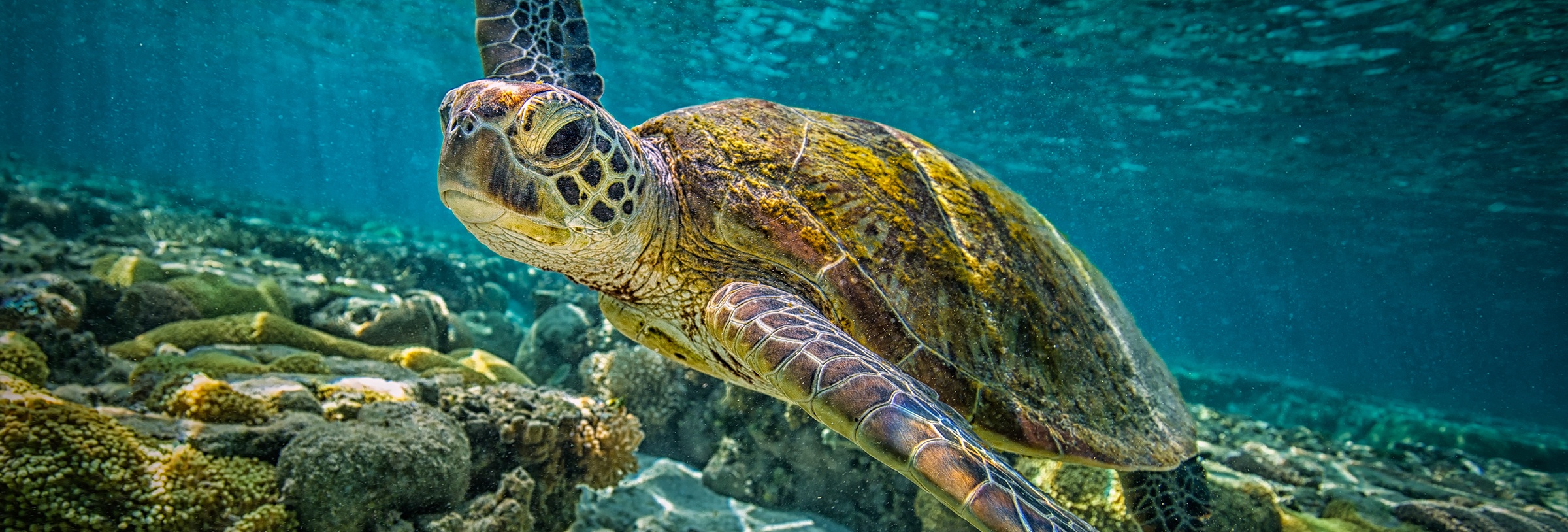Home to endangered species, marine mammals, and nationally significant commercial and recreational fishing resources, the Gulf of Mexico ecosystem is under assault. When the Deepwater Horizon oil platform exploded on April 20, sinking two days later, it began spewing oil into the Gulf’s ecosystem. Recalling that the infamous Exxon Valdez oil spill released just over 11 million gallons of oil into Alaska’s Prince William Sound, on May 27 scientists estimated that the Gulf spill, hopefully now capped, released between 17 million and 27 million gallons of oil, making it the largest spill in U.S. history
Already oil is washing ashore along the Gulf Coast states, but the damages were felt from the very first days of the spill. Many charter boat fishermen watched helplessly as virtually all of their spring, summer, and fall bookings canceled. The multi-million dollar shrimp fishery, together with other major Gulf commercial fisheries, face economic ruin as the spreading oil approaches critical nursery and habitat areas. Federal and state agencies are mobilizing for the expected strandings of marine mammals and other wildlife populations. Valuable wetland and marsh areas may be lost.
Sadly, scientists who assess and manage all of these resources have varying degrees of data to assess the impacts of the spill. In the case of the deep ocean ecosystem where much of the spilled oil resides, scientific knowledge is spotty at best. It may be years before the full impact of this spill on the Gulf’s ecosystem is known. In some instances, we may never know because we do not have the environmental baseline data for the environment that existed before the spill.
Federal and state agencies are in the process of assessing the economic and environmental damages from the spill. But if the Exxon Valdez case is any guide, it could be 20 years before we finish the legal battles regarding who pays and what environmental restoration is required. Chief among these battles will be the process by which natural resource agencies assess natural resource damages (NRD) under the Oil Pollution Act (OPA). The OPA NRD provisions parallel those in Superfund. However, Superfund’s NRD provisions have generated substantial debate about the process by which damages are assessed and one can expect this debate to be replayed in OPA with respect to the Gulf spill. Already industry and environmental experts are lining up for what promises to be an epic battle.
Members of Congress are also closely watching the impact of the oil spill on their constituents, industries, and the ecosystem. As this drama unfolds, the need for biological information will be critical. And the legal and legislative battles that will flow from this spill may set legal precedents and highlight the need for regulatory and legislative changes.
Nossaman’s Endangered Species Law & Policy blog focuses on news, events, and policies affecting endangered species issues in California and throughout the United States. Topics include listing and critical habitat decisions, conservation and recovery planning, inter-agency consultation, and related developments in law, policy, and science. We also inform readers about regulatory and legislative developments, as well as key court decisions.
Stay Connected
 RSS Feed
RSS Feed
Categories
- Alternative Energy
- Bald and Golden Eagle Protection Act
- Budget
- CEQA
- CESA
- Climate Change
- Congress
- Conservation
- Construction Projects
- Consultation
- Continuing Education
- Court Decisions
- Critical Habitat
- Delisting
- Endangered Species Act
- Event
- Fish & Wildlife Service
- Freedom of Information Act
- Government Administration
- Legal
- Legislation
- Listing
- Litigation
- Migratory Bird
- National Marine Fisheries Service
- NEPA
- Off Shore Wind
- Pacific Northwest
- project
- Publications
- Regulatory Reform
- Sacramento-San Joaquin Delta
- SEPA
- Speaking Engagements
- Supreme Court
- Texas
- Timberland
- Water Issues
